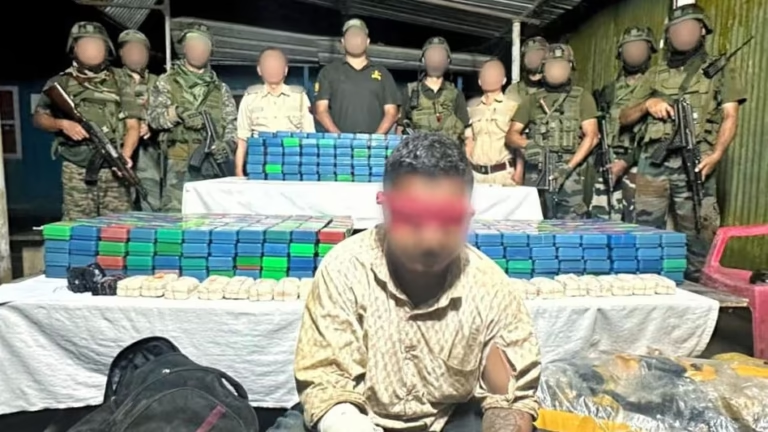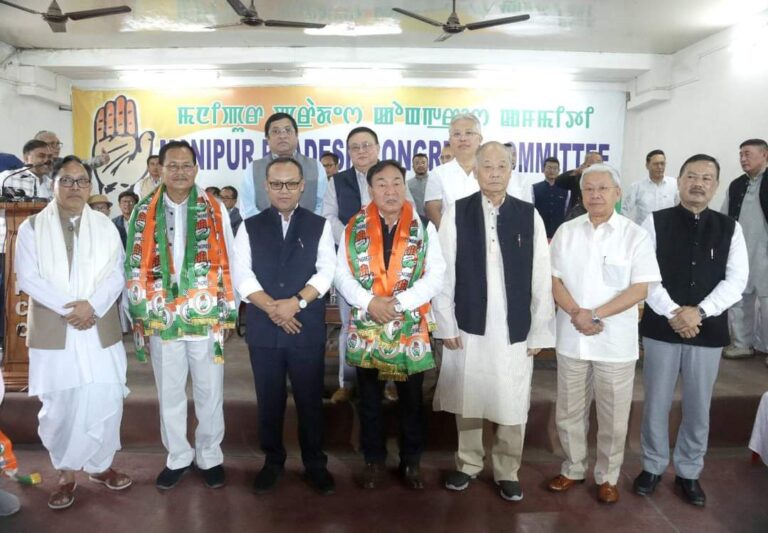Border Fencing Along the India-Myanmar Border: Boosting Security Amid Controversy
Summary
The Border Roads Organization (BRO) has intensified work on fencing the India-Myanmar border near Moreh, Manipur, as part of efforts to strengthen national security and curb illegal cross-border activities. However, this initiative has sparked significant opposition from local communities and civil society organizations, citing concerns about disrupted livelihoods, cultural ties, and disputes over border demarcation. While the government emphasizes the project’s strategic importance, critics urge greater transparency and dialogue to address the issues.
In-Depth Analysis: Border Fencing and Its Challenges
Why Border Fencing is Critical
India shares a 1,643 km border with Myanmar, much of which is porous. This facilitates cross-border movement of insurgents, smuggling of narcotics, and trafficking of goods and people. The fencing project aims to:
- Enhance national security by reducing infiltration.
- Minimize illegal trade and narcotics trafficking.
- Protect against threats posed by insurgent groups operating along the border.
The focus near Moreh, a vital trade hub, underscores the area’s strategic importance in the larger Act East Policy aimed at enhancing connectivity with Southeast Asia.
Opposition from Local Communities
The project has faced resistance from local communities, especially in areas like Moreh and Behiang. Key concerns include:
- Disputed Border Pillars: Allegations of incorrect placement of border pillars, particularly between BP 81 and BP 82, have fueled protests.
- Cultural Ties Across Borders: Many ethnic groups, such as the Zomi, Nagas, and Kukis, have ancestral ties and kinship networks that straddle the border. Fencing threatens to disrupt these bonds.
- Livelihoods and Land Rights: Civil society organizations argue the fencing encroaches on ancestral lands, undermining local livelihoods without adequate consultation or compensation.
Government’s Response
Despite the backlash, the Indian government has defended the project, citing its national security imperative. Authorities have emphasized the need for improved border infrastructure, aligning with broader strategic goals under the Act East Policy. However, appeals for halting construction in disputed areas and calls for inclusive dialogue have grown louder, highlighting the tension between national security and local concerns.
Broader Implications of the Project
The border fencing initiative has far-reaching implications:
- Regional Stability: Securing the border could reduce insurgent activities, but mishandling community concerns might exacerbate tensions.
- Geopolitical Strategy: Strengthening the border aligns with India’s efforts to counteract regional challenges and foster stronger ties with ASEAN nations.
- Local Sentiments: Failure to address local grievances could lead to long-term unrest, undermining the project’s objectives.
FAQs
- Why is the border fencing project controversial? Local communities claim it disrupts their ancestral lands, livelihoods, and cross-border cultural ties. There are also disputes over the positioning of border pillars.
- What is the role of the BRO in this project? The BRO is spearheading construction, focusing on strategic locations to enhance security and curb illegal activities.
- How does the project align with the Act East Policy? By improving border security and infrastructure, the project supports India’s vision of deeper connectivity and economic ties with Southeast Asia.
- What are the main challenges in completing the project? Opposition from civil society groups, disputes over border demarcation, and concerns about transparency and inclusivity are significant hurdles.
- What measures are being taken to address local concerns? While some discussions have occurred, critics argue for greater transparency and consultation with affected communities.


